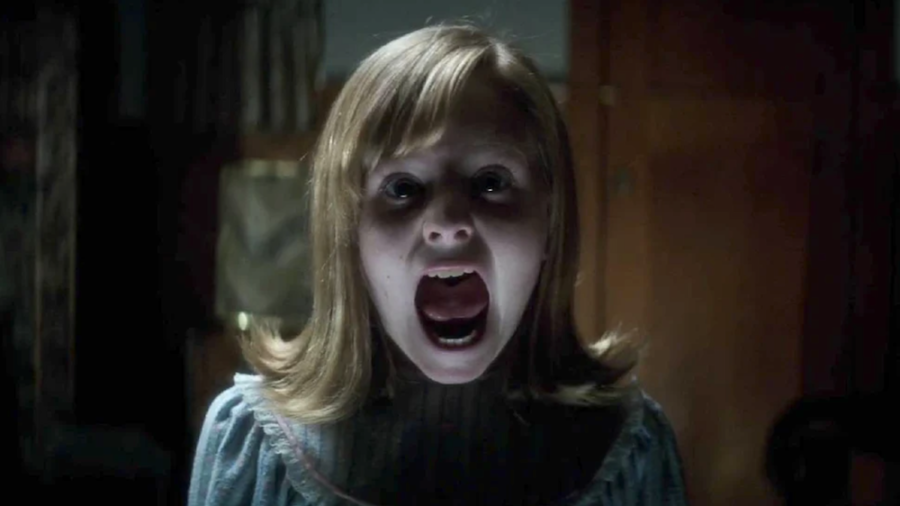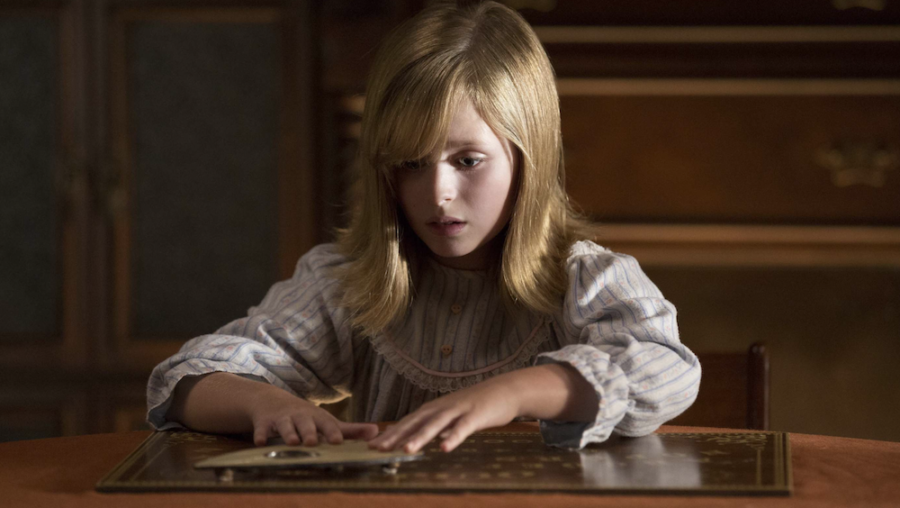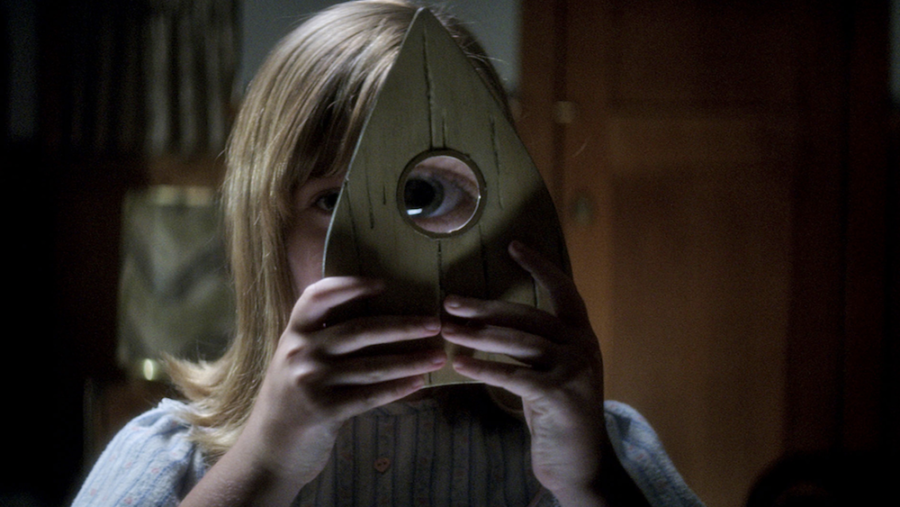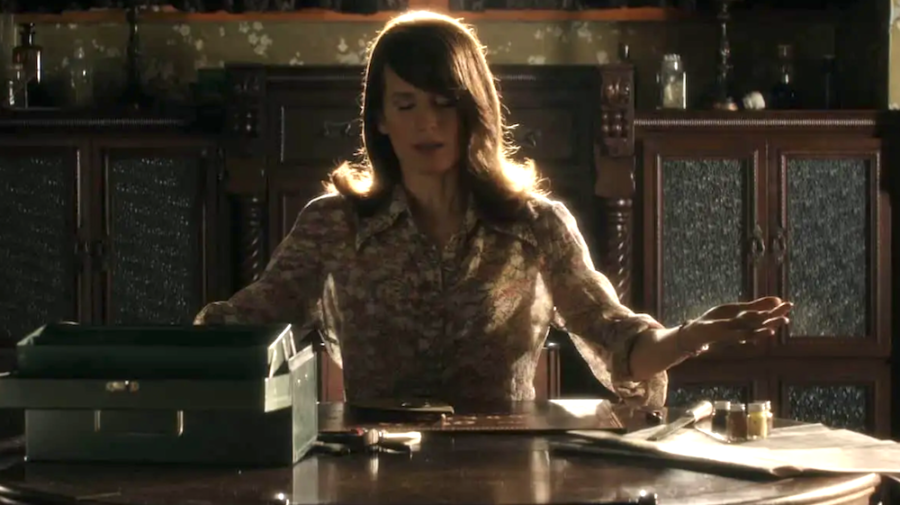The Horror Prequel On Netflix That’s Way Better Than The Original

When a movie is a critical flop but a commercial success, it’s definitely a gamble to try producing a sequel or prequel. But if the first movie’s box office earnings allow for a second installment to be made, then why wouldn’t a movie studio take the risk and pursue a second installment? In the case of 2016’s Ouija: Origin of Evil (available to stream on Netflix), the gamble paid off because critics overwhelmingly agree that this prequel is superior to 2014’s Ouija in every conceivable way.
Ouija: Origin of Evil takes place in 1967, decades before the events took place in the preceding film, but establishes the backstory perfectly. We learn about the origin of the Ouija board in relation to the story that was told in Ouija, as well as its deceptive nature as a possession curse plagues the Zander family. In other words, Origin of Evil perfectly illustrates the correct way to use retroactive continuity to elevate the art of filmmaking.
Ouija: Origin of Evil takes place in 1967 decades before the events of the original film
On the surface, Ouija: Origin of Evil is your typical possession movie, but executed flawlessly. The story centers on Alice Zander, a young grieving widow who works out of the house as a spiritual medium after the death of her husband, Roger.
Alice thinks it’s a smart move to incorporate the use of the Ouija board into her spiritual readings, but inadvertently summons a spirit named Marcus, who then possesses her daughter, Doris.

Doris immediately begins to exhibit signs of possession in Ouija: Origin of Evil, like writing in fluent Polish, a language that she doesn’t know. Her older sister, Lina seeks help from her school principal, Father Tom, who visits the home in search of answers.
Father Tom, who tries reaching out to his own late wife Gloria during a seance using a possessed Doris as the mediator, realizes that he’s not getting answers from Gloria, but rather being told what he wants to hear as a result of Doris reading his mind.
It doesn’t take long for Ouija: Origin of Evil to ramp up and tie into Ouija’s story. Doris, whose posthumous presence drives the plot in the 2014 film, is more prominently featured while she’s still alive.
We learn exactly why Lina ends up being institutionalized in a psychiatric hospital for the disappearance of her mother and sister, and to really drive the point home, actress Lin Shaye portrays the adult version of Lina in both films.

Ouija was not well-received upon its release, and has a 5 percent critical score on Rotten Tomatoes across 91 reviews. But that is not to say that the ill-fated film didn’t provide a solid foundation for Ouija: Origin of Evil, which boasts an 83 percent critical score.
The prevailing criticism for Ouija was that it was primarily centered around teenagers whose characters were underdeveloped. One reviewer put it perfectly when he stated that Ouija wasn’t good enough to be memorable, but wasn’t bad enough to be funny or campy. In other words, it was simply a movie that happened, and that’s all there is to it.
Ouija: Origin of Evil boasts an 83 percent critical score on Rotten Tomatoes
Ouija: Origin of Evil, on the other hand, is more grounded in family, and has an emotional through-line that viewers found easier to resonate with. In other words, Ouija tasks the viewer with watching its protagonists figure out secondhand what happened in the house they’re occupying, but Origin of Evil takes us to that very house at the time of the original possession and lets us see for ourselves, which is inherently more compelling.
Critics overwhelmingly agree that Ouija: Origin of Evil is a superior film that revived the franchise. But they also made it clear that the success of this prequel caught them off guard considering how lackluster its predecessor proved to be.

The success of Origin of Evil is largely attributed to Mike Flanagan’s screenplay, which expertly places suspense in just the right moments, and boasts characters that are infinitely more well-thought-out and relatable.
But one thing to consider is that Ouija: Origin of Evil simply wouldn’t exist if Ouija was never produced in the first place. This just goes to show you that if you have any doubts about a franchise that you so desperately want to enjoy despite its flaws, then you should keep pushing forward. Origin of Evil is a prime example of how reworking underwhelming source material can make for an excellent comeback.












